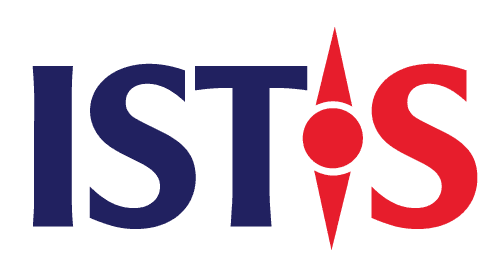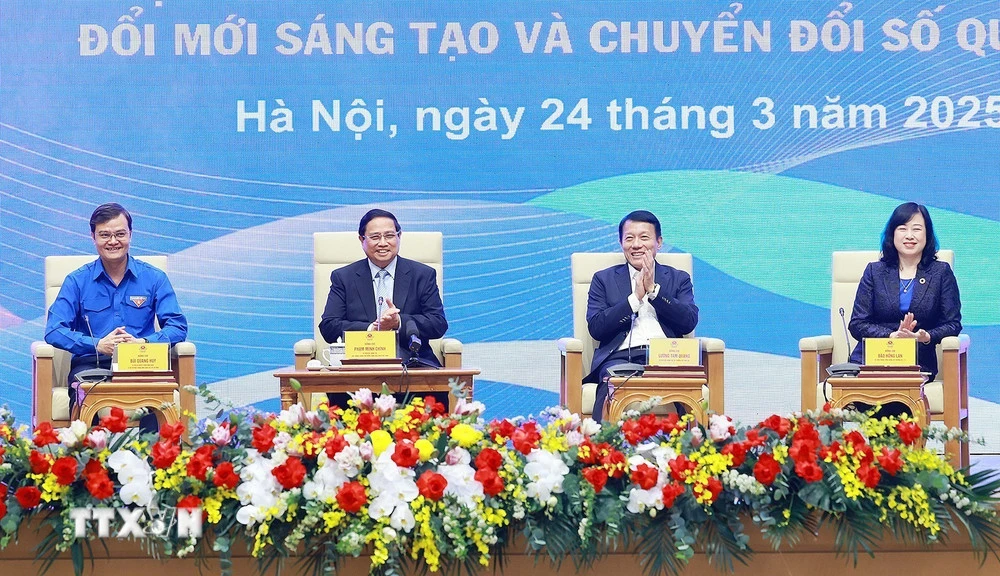Across several developing economies, a quiet but meaningful shift is taking place — one that sees universities, research institutes, and government bodies working more closely than ever to align scientific knowledge with national priorities.
In recent years, ministries overseeing science and technology have introduced new mechanisms to encourage interdisciplinary collaboration and knowledge transfer. Instead of operating in isolation, academic research is increasingly being shaped with end-use in mind — whether in agriculture, public health, or digital governance.
This transition reflects a growing recognition that innovation does not begin in the lab and end in a policy paper. Rather, the most impactful advances emerge when there is alignment between the people generating insights and those applying them. In this evolving landscape, researchers — particularly those working at the intersection of applied science and policy — are playing a central role.
At the university level, several institutions have revised how they evaluate academic contributions. While peer-reviewed publications remain important, greater emphasis is now placed on policy engagement, data-sharing, and contributions to public systems. This approach, though still evolving, is helping create more dynamic research environments — ones that respond to local needs while remaining globally informed.
New types of partnerships are also emerging. Government units focused on innovation have begun working alongside universities to co-design pilot programs and gather evidence for scalable policy models. In doing so, they are tapping into a pool of expertise that extends beyond traditional consultancy, making use of in-house research capacity that had often gone underutilized.
For example, several cities are now piloting tech-enabled monitoring systems for environmental planning — projects that benefit directly from the analytical skills and fieldwork experience of academic teams. While these initiatives are still early-stage, they reflect a broader shift toward “learning by doing” in public administration, supported by academic rigor.
None of this is without challenges. The research system still faces institutional barriers — from fragmented funding streams to uneven digital infrastructure. Yet there is clear momentum toward more open, collaborative, and impact-oriented ways of working. In many ways, the current moment is as much about institutional learning as it is about scientific advancement.
One development that has gained traction is the formation of cross-sectoral advisory groups. These groups, often led by senior officials but involving university staff, technical experts, and field practitioners, aim to ensure that research findings are not only technically sound but also operationally relevant. This helps reduce the disconnect that often exists between data collection and real-world application.
For researchers, this shift represents both an opportunity and a responsibility. While traditional academic paths remain valid, there is growing interest in roles that bridge sectors — roles that require both analytical depth and an understanding of how systems function outside academia.
Importantly, these changes are not about commercializing research for its own sake. Rather, they reflect a deeper commitment to ensuring that public investment in science delivers public value. That includes supporting inclusive growth, building climate resilience, and improving service delivery in ways that are evidence-based and transparent.
In this emerging model, research is not an endpoint. It is a foundation for better decision-making, stronger institutions, and more responsive policies. And it is researchers — embedded in networks of knowledge, practice, and policy — who are helping drive this change.
As countries refine their strategies for innovation and development, the ability to translate data into direction will become increasingly important. This means not only funding more research, but designing systems that make it matter.








